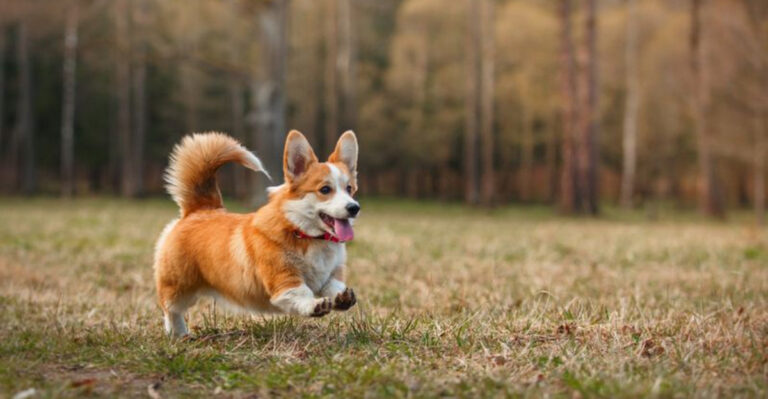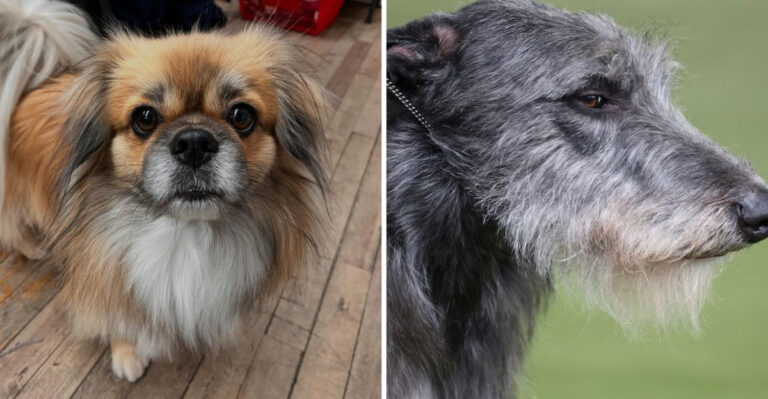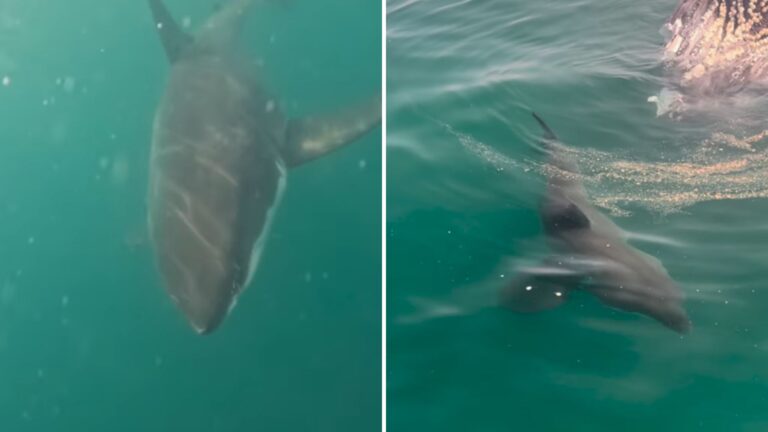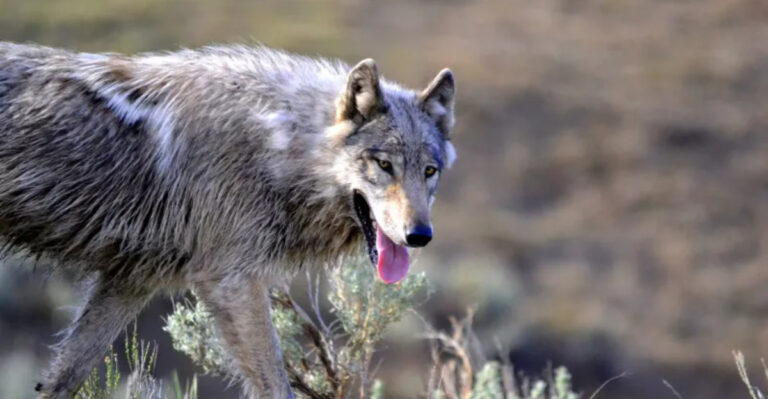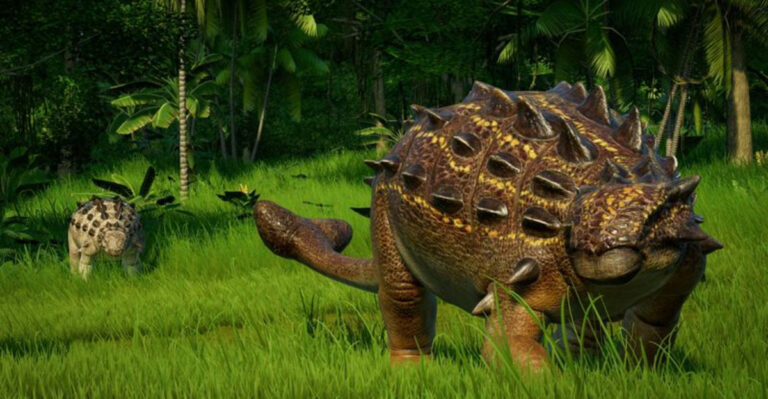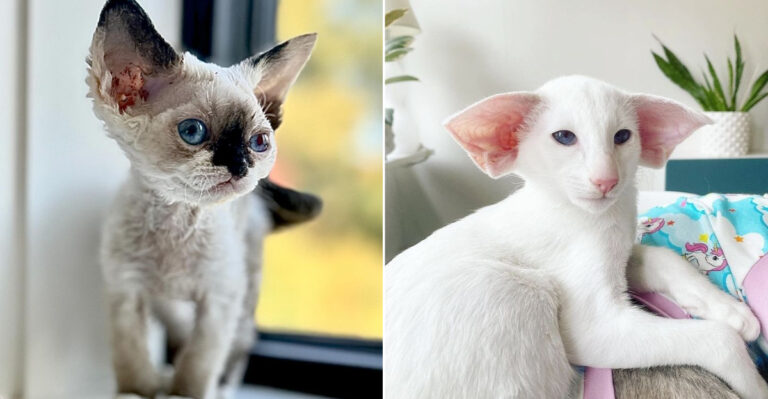These 16 Animals Grieve The Same As Humans
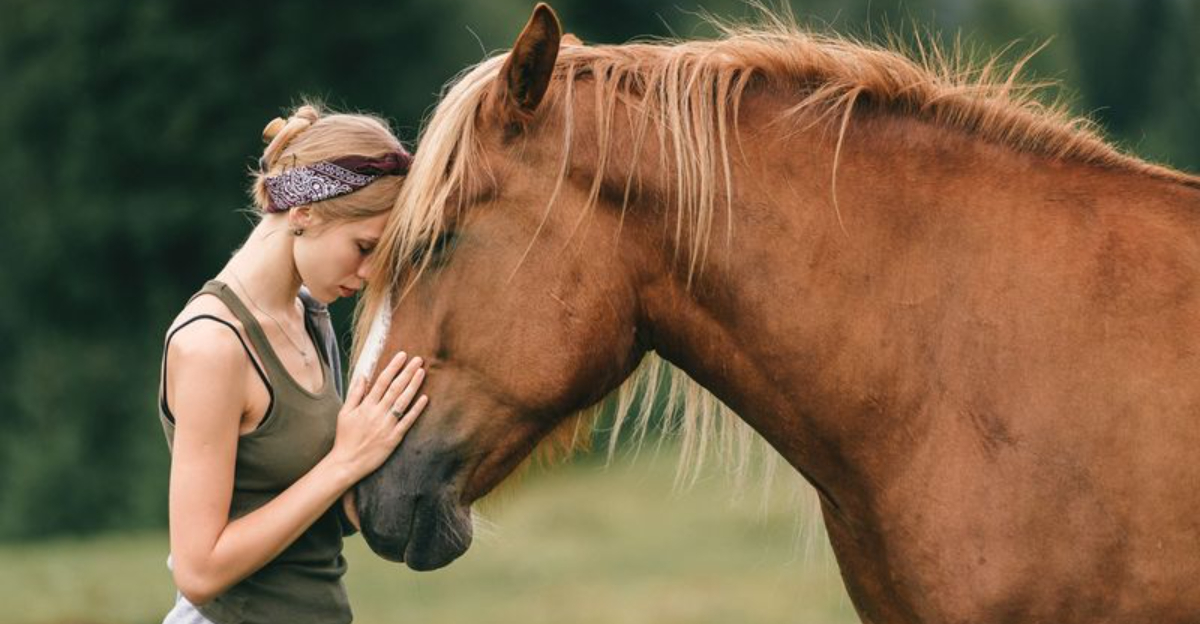
Explore the fascinating world of animals and how they express emotions similar to humans.
From elephants holding vigils to dolphins displaying sorrow, discover the surprising depth of animal grief and the unique ways different species mourn the loss of their companions.
1. Elephants

Imagine standing among giants who feel as we do. Elephants mourn with rituals, gently caressing the bones of departed ones. They gather around and stand vigil, expressing a profound sense of loss.
These remarkable creatures show empathy by comforting distressed herd members, sharing their pain.
The emotional bonds they form are as strong as the thick skin that protects them, reminding us of the universal language of grief.
2. Dolphins
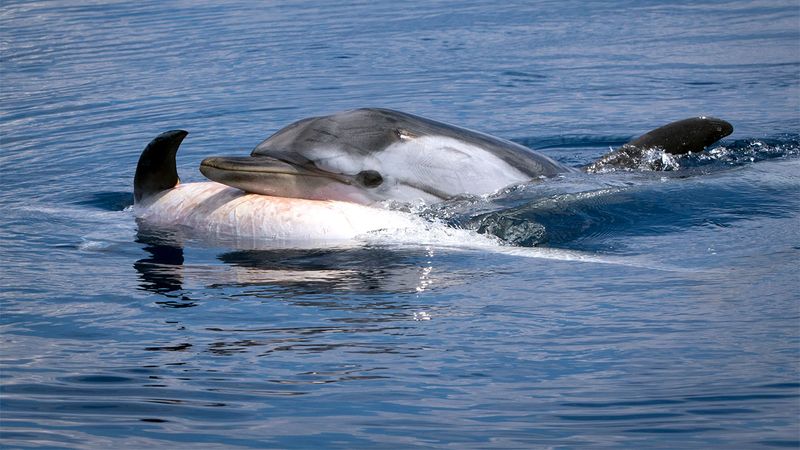
In the vast ocean, dolphins form bonds as tight-knit as any family. When a pod member dies, they often stay with the body, nudging it gently, refusing to let go.
This behavior mirrors the human inability to easily part with loved ones.
Dolphins have been seen carrying deceased calves for days, a poignant display of their emotional depth and the profound grief they experience.
3. Chimpanzees
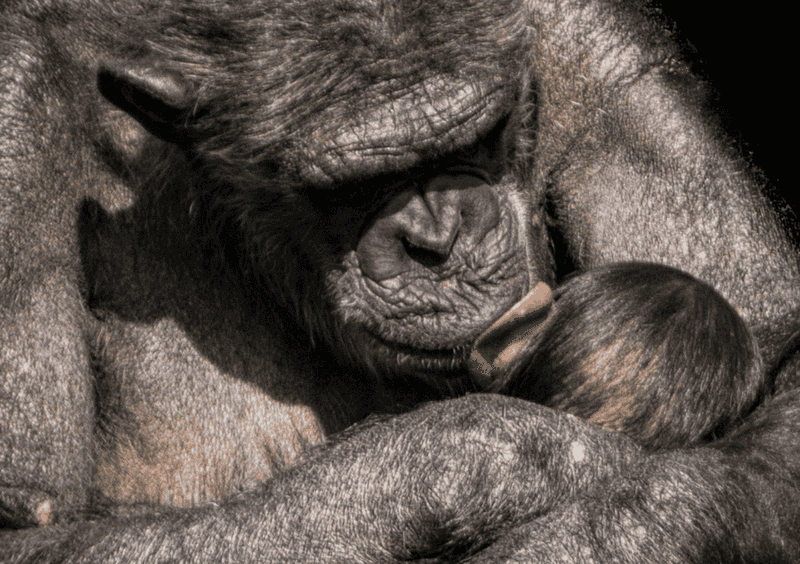
Chimpanzees, our closest relatives, express grief with haunting intensity. They’ve been observed sitting in silence, touching, and grooming the deceased.
These behaviors echo human mourning rituals. The loss leaves a notable void in their social structure, demonstrating their capacity for sorrow.
Coping with death, they engage in more frequent social interactions, seeking comfort in each other’s company, much like us.
4. Orangutans
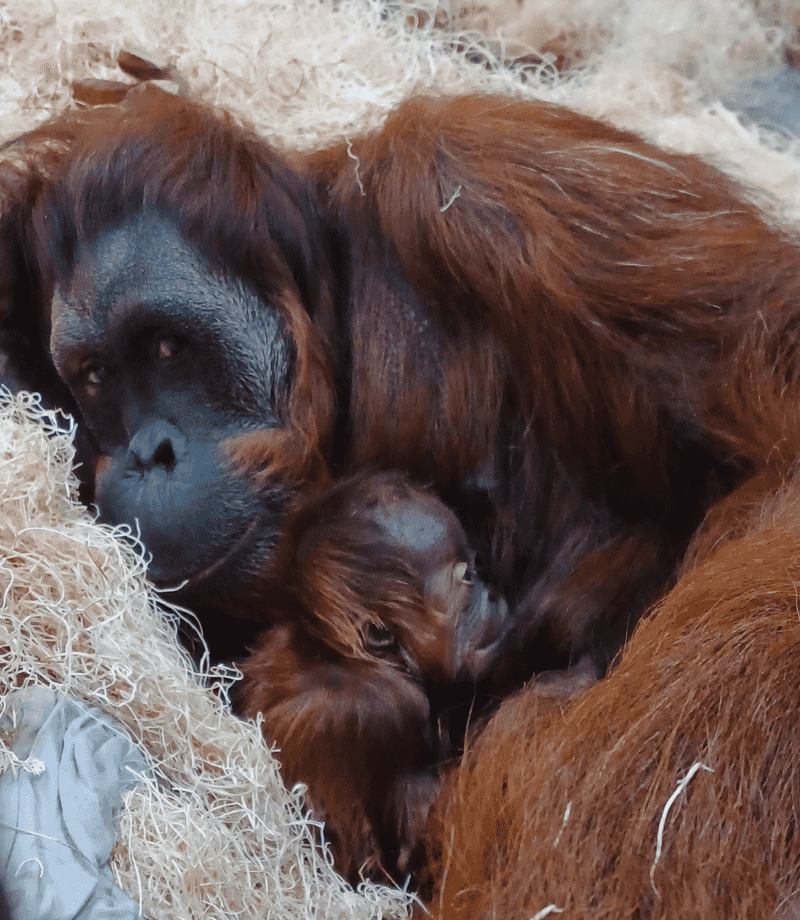
Orangutans, gentle giants of the forest, show a heart-wrenching vulnerability when grieving. Mothers have been seen carrying deceased infants for days, unable to let go.
Their expressive eyes reveal sadness, reflecting a deep emotional wound.
This tender mourning process underscores the strength of the maternal bond and the universal experience of loss across species.
5. Crows
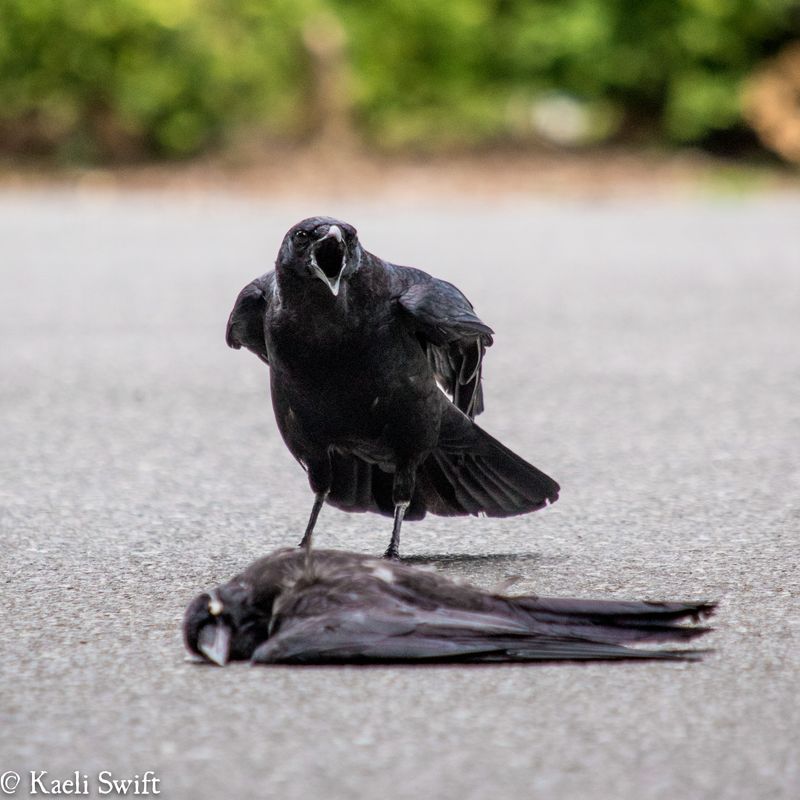
Crows, the intelligent tricksters of the sky, hold funerals for their departed. When a flock member dies, they gather around, cawing loudly, perhaps to warn and educate others about danger.
This ritualistic behavior reflects their complex social structures and intelligence, a reminder that grief knows no bounds, even among the feathered.
6. Dogs
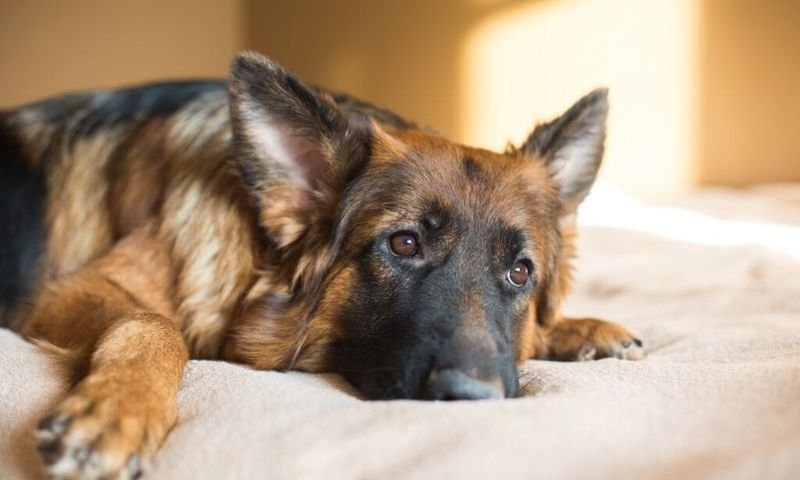
With a loyalty unmatched, dogs mourn profoundly, waiting by the door or searching for their lost friends. Their eyes, once bright, often seem to dull with sadness.
Providing comfort through companionship or maintaining routines can help ease their grief. Their emotional sensitivity reminds us of the deep connections we share with our furry friends.
7. Cats
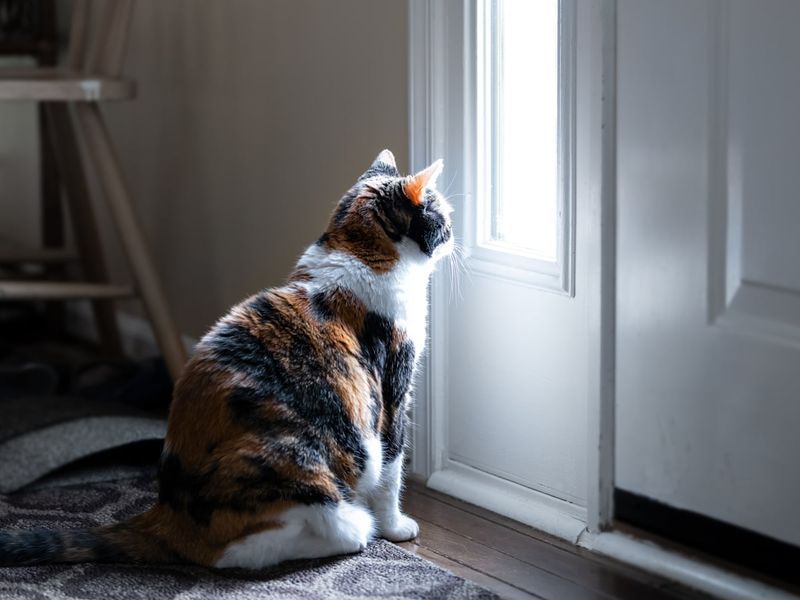
Independent yet affectionate, cats grieve in subtle, heart-tugging ways. They might sit at the windowsill, awaiting a companion who’ll never return.
Changes in appetite or grooming habits often signal their distress. Like us, their journey through grief is unique, but a comforting presence and patience can help them find solace once more.
8. Whales
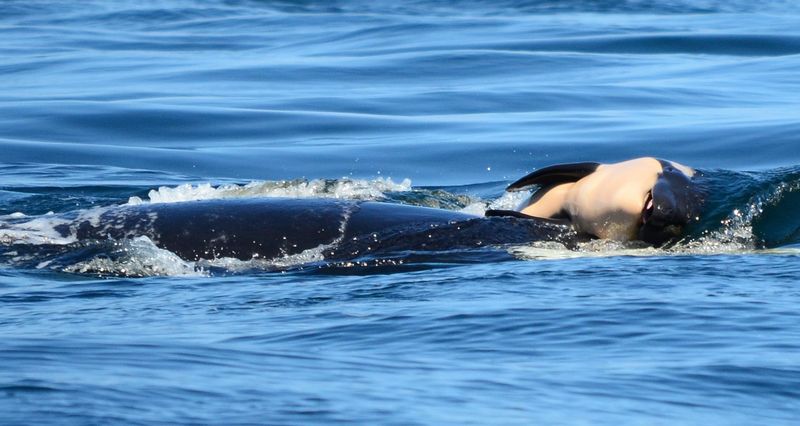
Whales, gentle giants of the deep, express grief with haunting melodies. Orcas, in particular, have been observed holding deceased calves above water, unwilling to part.
Their moans resonate across the ocean, a somber symphony expressing loss. This behavior highlights the depth of their emotional world, and the bonds that tie them together in their oceanic realm.
9. Ravens
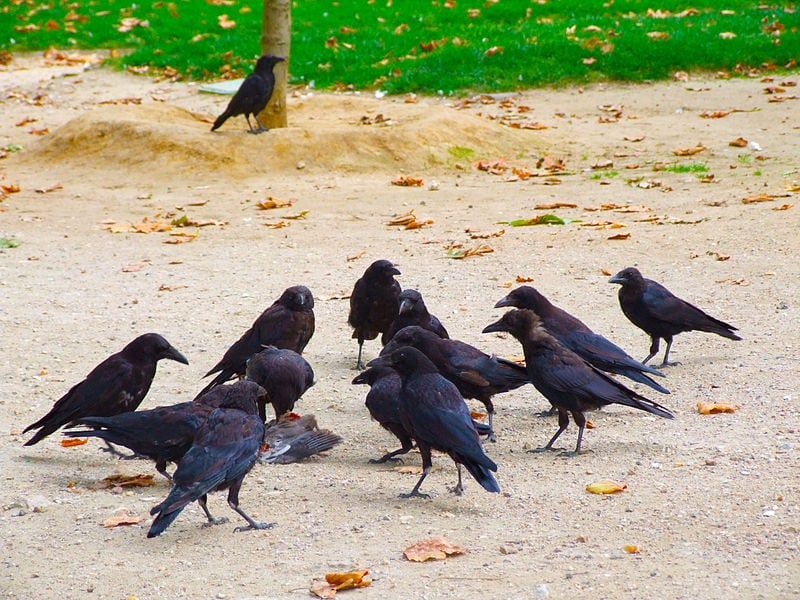
Ravens, fellow avian intellectuals, engage in solemn rituals when mourning. They vocalize loudly, gather in groups, and seem to discuss the departure of a companion.
This behavior, strikingly similar to human mourning, showcases their intelligence and strong social ties, reinforcing that grief transcends the boundaries of species.
10. Giraffes
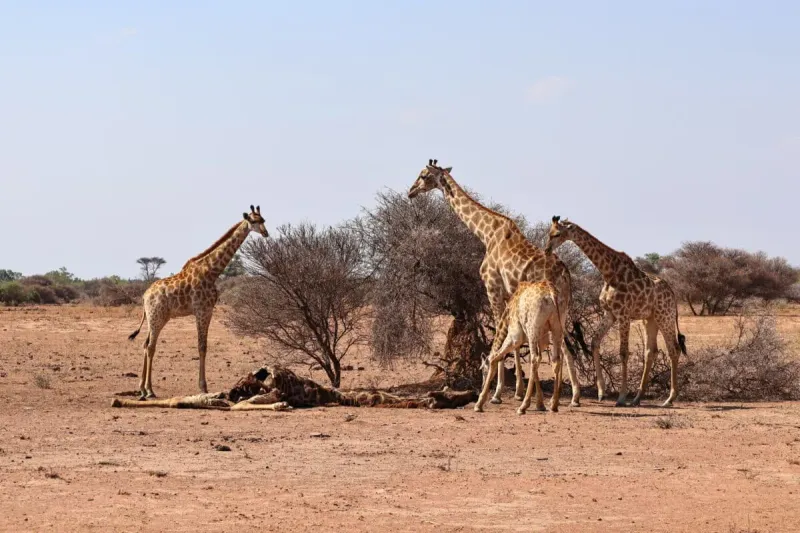
In the vast savannah, giraffes mourn with a gentle grace. They linger near the body of a departed member, showing reluctance to leave.
This behavior, rare for their species, reveals a depth of emotion often unnoticed in such majestic creatures. Their silent vigil speaks volumes about the bonds formed within their towering herds.
11. Horses
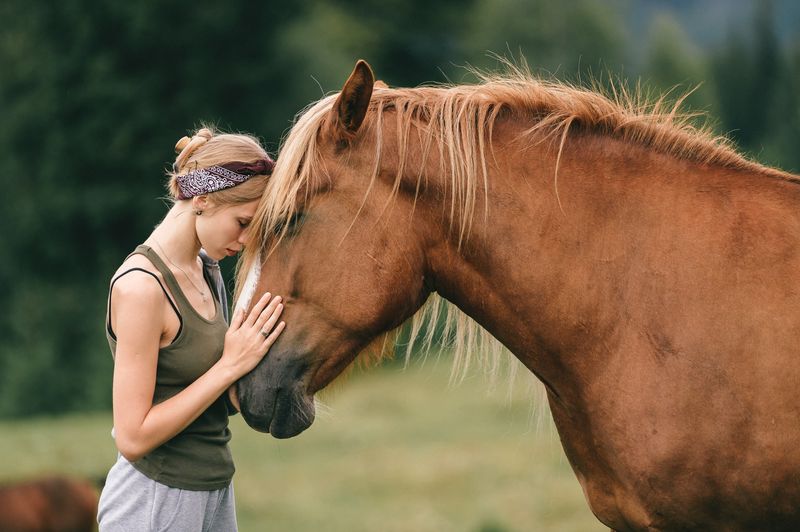
Horses, known for their empathy, react to loss with noticeable sadness. They may stand by a deceased companion, nuzzling softly, as if trying to wake them.
Their usually lively demeanor becomes subdued, highlighting the depth of their bonds. This emotional intelligence draws us closer to these noble creatures, reminding us of our shared capacity for love and loss.
12. Pigs
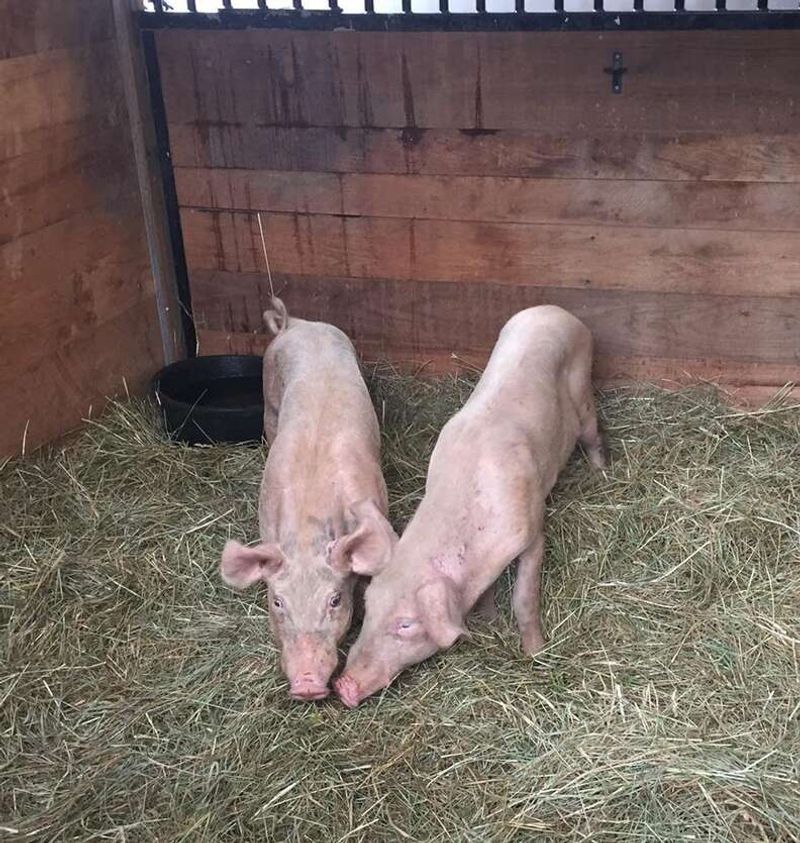
Pigs, surprisingly emotional, express grief with heartwarming traits. They may show signs of distress, such as loss of appetite or increased vocalizations.
These intelligent animals often seek comfort from their companions, forming tight-knit groups. Their unexpected emotional depth breaks stereotypes, revealing a softer side of farm life that mirrors our own experiences of mourning.
13. Meerkats
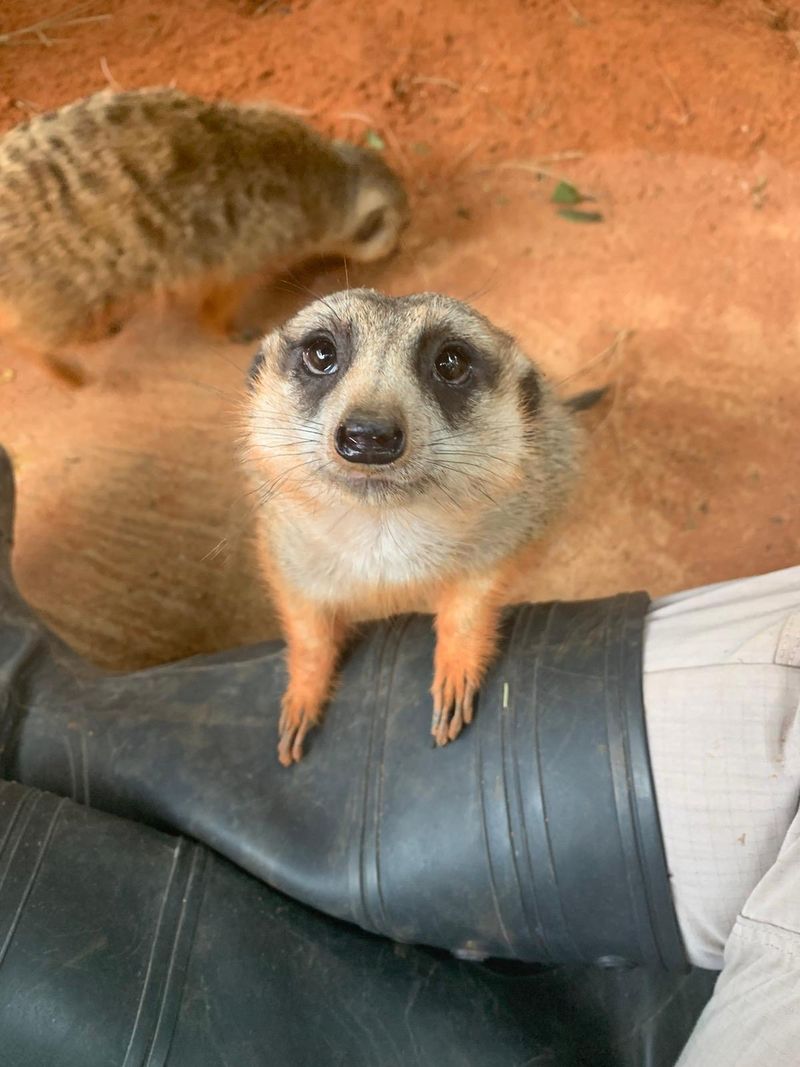
Meerkats, the vigilant sentinels of the desert, show grief through changes in behavior and social interactions.
When a group member dies, their usual playful demeanor dims, and they become more subdued. This shift emphasizes their deep social bonds and the impact of loss within their tightly-knit communities.
14. Parrots
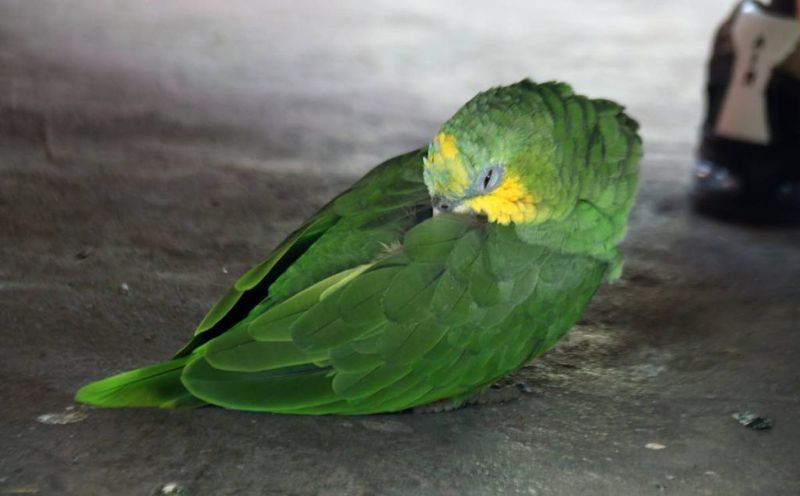
Parrots, known for their vibrant personalities, mourn the loss of companions in poignant ways. They might become withdrawn, mimicking their lost friend’s calls in a search for comfort.
Their intelligent nature means they feel deeply, and providing interaction and new experiences can help them through their grief, reminding us of the power of healing in companionship.
15. Baboons
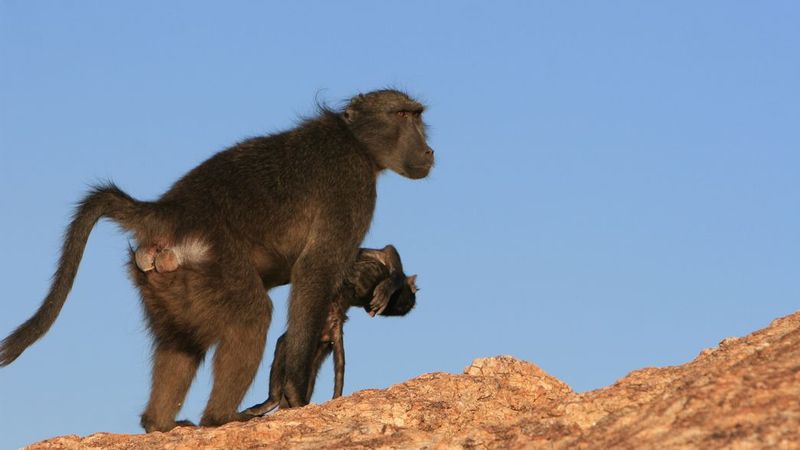
Baboons, living in complex social structures, demonstrate grief with touching sensitivity. They have been seen carrying deceased infants and showing increased grooming, seeking solace in community bonds.
This behavior underscores their understanding of loss and their need for social support, reflecting the intricate emotional lives they lead.
16. Pandas
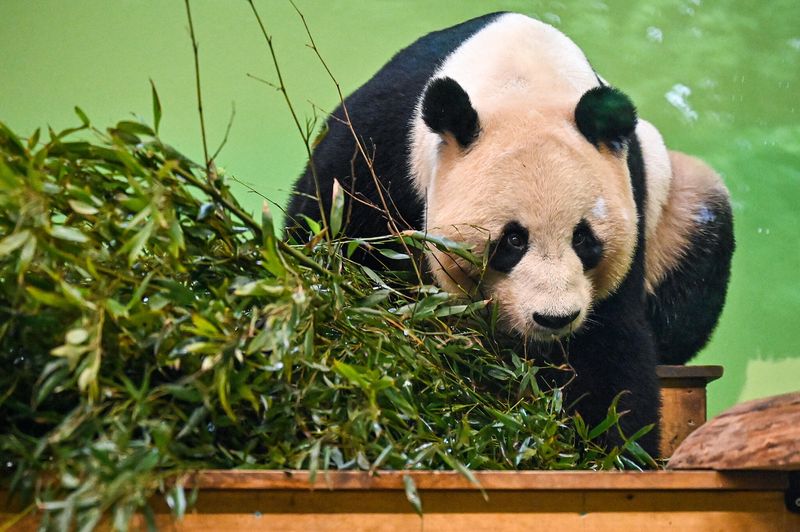
Pandas, usually solitary, form deep bonds with their young. When tragedy strikes, they express grief through noticeable behavioral changes.
A mother panda might remain near her deceased cub, exhibiting signs of distress and lethargy. This somber experience highlights the delicate balance of life and the profound connections that even solitary creatures can form.

